Organic Chemistry 11th Edition by Francis Carey – Test Bank
Organic Chemistry, 11e (Carey)
Chapter 4 Chirality
1) Which object below is achiral?
A) golf club (wood driver)
B) baseball glove
C) tennis shoe
D) baseball bat
Answer: D
Difficulty: 1 Easy
Section: 04.01
Topic: Stereochemistry
Bloom’s: 2. Understand
Chapter: 04
Subtopic: Chiral vs achiral molecules
2) The most specific description of the relationship between the following two molecules is
A) identical.
B) isomers.
C) enantiomers.
D) diastereomers.
Answer: A
Difficulty: 2 Medium
Section: 04.01
Topic: Stereochemistry
Bloom’s: 2. Understand
Chapter: 04
Subtopic: Stereoisomers (enantiomers, diastereomers, meso)
3) Which of the molecules below are chiral?
A) only II
B) only III
C) I and III
D) II and III
Answer: D
Difficulty: 1 Easy
Section: 04.02
Topic: Stereochemistry
Bloom’s: 2. Understand
Chapter: 04
Subtopic: Stereogenic/chirality carbon centers; Chiral vs achiral molecules
4) Identify the chiral compound(s) below.
A) only II
B) II and III
C) III and IV
D) I, II, and IV
Answer: A
Difficulty: 2 Medium
Section: 04.02
Topic: Stereochemistry
Bloom’s: 2. Understand
Chapter: 04
Subtopic: Stereogenic/chirality carbon centers; Chiral vs achiral molecules
5) Which of the following molecules are chiral?
A) only II
B) only III
C) II and III
D) I, II, and III
Answer: A
Difficulty: 2 Medium
Section: 04.02
Topic: Stereochemistry
Bloom’s: 2. Understand
Chapter: 04
Subtopic: Stereogenic/chirality carbon centers; Chiral vs achiral molecules
6) How many chirality centers are there in the following molecule?
A) only 1
B) two
C) three
D) four
Answer: B
Difficulty: 2 Medium
Section: 04.02
Topic: Stereochemistry
Bloom’s: 3. Apply
Chapter: 04
Subtopic: Stereogenic/chirality carbon centers
7) How many chirality centers are there in the following molecule?
A) only 1
B) two
C) three
D) four
Answer: C
Difficulty: 2 Medium
Section: 04.02
Topic: Stereochemistry
Bloom’s: 3. Apply
Chapter: 04
Subtopic: Stereogenic/chirality carbon centers; Chiral vs achiral molecules
8) Which of the following statements are true?
I. If a molecule has a plane of symmetry it is achiral.
II. If a molecule has a center of symmetry it is achiral.
III. If a molecule has one chirality center it is chiral.
A) I and II
B) I and III
C) II and III
D) I, II, and III
Answer: D
Difficulty: 1 Easy
Section: 04.02
Topic: Stereochemistry
Bloom’s: 2. Understand
Chapter: 04
Subtopic: Stereogenic/chirality carbon centers; Chiral vs achiral molecules
9) Which compound below has no stereoisomers?
A) 1,2-dichlorobutane
B) 2,3-dichlorobutane
C) 1,3-dichlorobutane
D) 1,4-dichlorobutane
Answer: D
Difficulty: 2 Medium
Section: 04.02
Topic: Stereochemistry
Bloom’s: 2. Understand
Chapter: 04
Subtopic: Stereogenic/chirality carbon centers; Stereoisomers (enantiomers, diastereomers, meso)
10) Which one of the isomeric C4H9Cl molecules is chiral?
A) 1-chlorobutane
B) 2-chlorobutane
C) 1-chloro-2-methylpropane
D) 2-chloro-2-methylpropane
Answer: B
Difficulty: 2 Medium
Section: 04.02
Topic: Stereochemistry
Bloom’s: 3. Apply
Chapter: 04
Subtopic: Stereogenic/chirality carbon centers; Chiral vs achiral molecules
11) Which of the following molecules is(are) chiral?
A) only I
B) I and II
C) II and III
D) I, II, and III
Answer: A
Difficulty: 2 Medium
Section: 04.02
Topic: Stereochemistry
Bloom’s: 2. Understand
Chapter: 04
Subtopic: Stereogenic/chirality carbon centers; Chiral vs achiral molecules
12) How many chirality centers are present in histrionicotoxin?
A) 2
B) 3
C) 4
D) 5
Answer: C
Difficulty: 3 Hard
Section: 04.02
Topic: Stereochemistry
Bloom’s: 3. Apply
Chapter: 04
Subtopic: Stereogenic/chirality carbon centers
13) How many chirality centers are in this molecule?
A) 2
B) 4
C) 5
D) 6
Answer: C
Difficulty: 3 Hard
Section: 04.02
Topic: Stereochemistry
Bloom’s: 3. Apply
Chapter: 04
Subtopic: Stereogenic/chirality carbon centers
14) Which of the molecules below are chiral?
A) only I
B) I and III
C) II and III
D) I, II, and III
Answer: B
Difficulty: 2 Medium
Section: 04.03
Topic: Stereochemistry
Bloom’s: 2. Understand
Chapter: 04
Subtopic: Stereogenic/chirality carbon centers; Chiral vs achiral molecules
15) A pure sample of (S)-phenylalanine has a specific rotation of +70°. A mixture of the two enantiomers of phenylalanine has a specific rotation of +7.0°. What are the percentages of the S and R enantiomers in the mixture?
A) 95% S, 5% R
B) 90% S, 10% R
C) 55% S, 45% R
D) 52.5% S, 47.5% R
Answer: C
Difficulty: 2 Medium
Section: 04.04
Topic: Stereochemistry
Bloom’s: 3. Apply
Chapter: 04
Subtopic: Optical activity

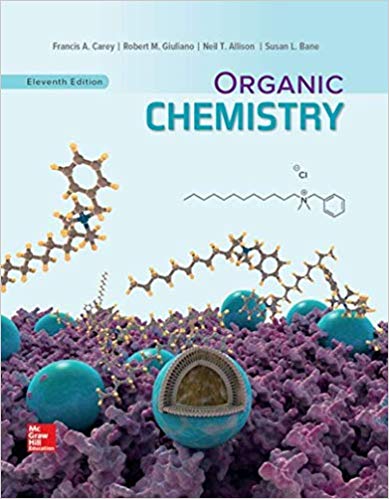
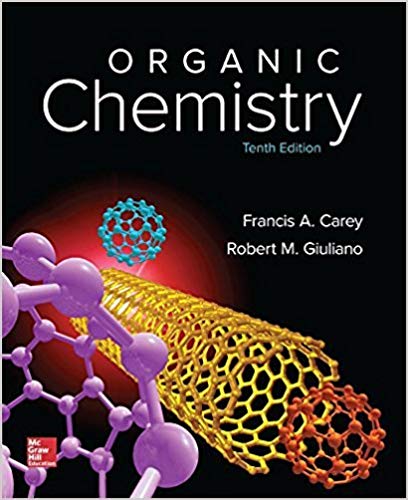






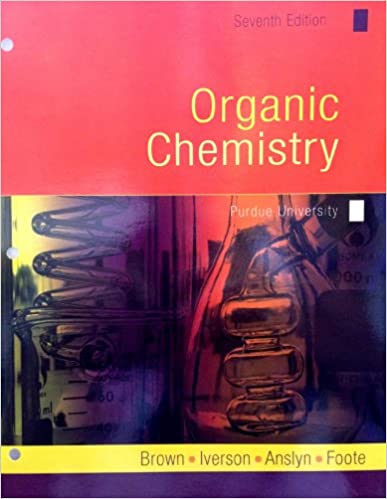

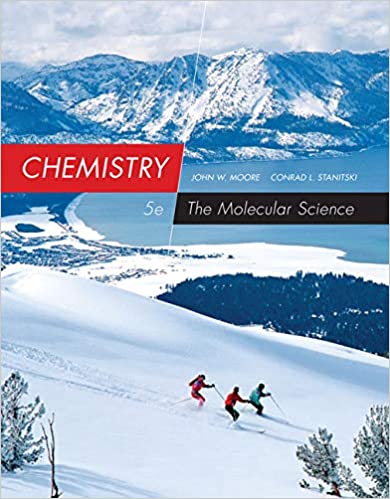
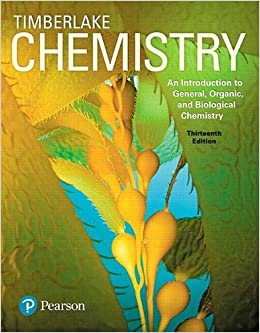

Reviews
There are no reviews yet.